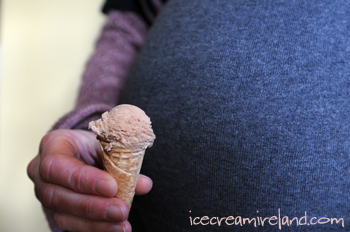 I’ve been worrying quite a bit lately, since the Venetian, my pregnant partner is not a big chocolate fan. She’ll eat white chocolate sometimes, she doesn’t mind milk chocolate, but she’s does not care at all for the dark stuff. For me, an insatiable chocoholic, the idea of offspring without real chocoholic tendencies was deeply troubling.
I’ve been worrying quite a bit lately, since the Venetian, my pregnant partner is not a big chocolate fan. She’ll eat white chocolate sometimes, she doesn’t mind milk chocolate, but she’s does not care at all for the dark stuff. For me, an insatiable chocoholic, the idea of offspring without real chocoholic tendencies was deeply troubling.
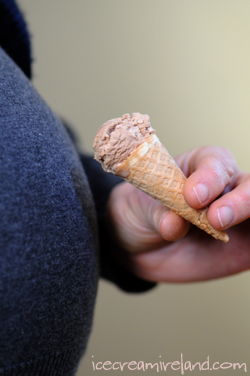
A couple of days ago, J.P. made some milk chocolate ice cream in production, and I brought a tub home. The Venetian ate some, and the baby inside her, normally a gentle soul, went absolutely nuts. It kicked, jumped, and probably did ecstatic cartwheels, such was the commotion in the belly for the next half hour. The Venetian was astonished, and it was the first proud moment for this Daddy (to be). I think there is very little doubt that the chocoholic gene has been passed on.
This is a delicate flavour for those with delicate tastes, when it comes to chocolate. Although we call the ice cream “Milk Chocolate,” we actually use 70% chocolate, just less of it. For our tastes, actual milk chocolate puts too much fat into the ice cream.
Murphys Milk Chocolate Ice Cream
Ingredients:
- 125g sugar
- 5 egg yolks
- 1/4 vanilla bean, split lengthwise or 1/4 teaspoon natural vanilla essence
- 230 ml cream
- 200 ml milk
- 60 g bittersweet (70% chocolate)
What to do:
- Melt the 70% chocolate in a double boiler over simmering water or a microwave. Take care – chocolate burns easily!
- Beat sugar and egg yolks together until pale yellow.
- Add the vanilla bean to the milk and bring to a simmer.
- Turn off the heat and remove the vanilla bean.
- Add the milk to the melted chocolate in small parts, mixing thoroughly until fully combined.
- Immediately beat the milk/chocolate into the egg and sugar mixture in a slow stream. Pour the mixture back into pan and place over low heat. Stir until the custard thickens (around 60C).
- Allow the chocolate custard to cool.
- Whip the cream and fold into the mix.
- Freeze the ice cream using a domestic ice cream machine.
- Otherwise, cover and place in the freezer, stirring every few hours to break up the ice crystals.
6 Servings.
Notes:
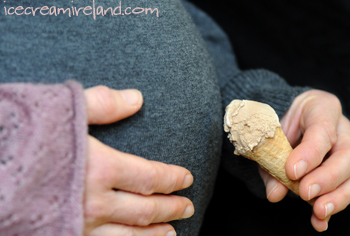 This ice cream will only be as good as the chocolate you use. Find the best you can!
This ice cream will only be as good as the chocolate you use. Find the best you can!- The boiler or container in which you melt the chocolate must be completely dry or the chocolate can clump.
- To pasteurise the eggs, heat the custard to 73C and keep at that temperature for three minutes. Use a cooking thermometer, though! If the custard goes any higher than 76C, the eggs will scramble. Immediately cover and place in the freezer until cool.













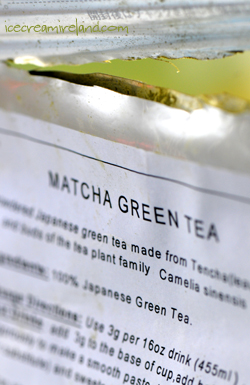
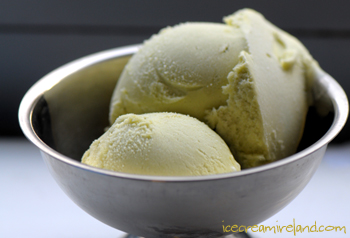
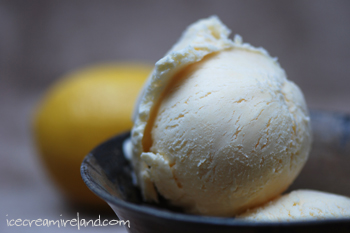 This is a recipe that JP, our production manager, came up with. What makes this ice cream so good is that combination of zest and preserves. I love any kind of citrus zest in cooking – it’s brilliant and fresh and can lift almost anything. The preserves add a richness and fullness that can’t be found with just lemon juice and zest. If you didn’t know what you were tasting, you would recognise lemon straightaway, but there might be some difficulty in placing the earthy undertones that makes this ice cream so distinctive. It’s far more complex than any lemon ice cream I have ever come across, and has regular appearances in our scooping cabinet.
This is a recipe that JP, our production manager, came up with. What makes this ice cream so good is that combination of zest and preserves. I love any kind of citrus zest in cooking – it’s brilliant and fresh and can lift almost anything. The preserves add a richness and fullness that can’t be found with just lemon juice and zest. If you didn’t know what you were tasting, you would recognise lemon straightaway, but there might be some difficulty in placing the earthy undertones that makes this ice cream so distinctive. It’s far more complex than any lemon ice cream I have ever come across, and has regular appearances in our scooping cabinet.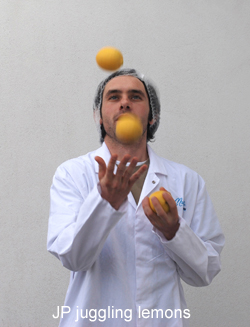 9. Cover the custard with plastic wrap and refrigerate until cool overnight.
9. Cover the custard with plastic wrap and refrigerate until cool overnight.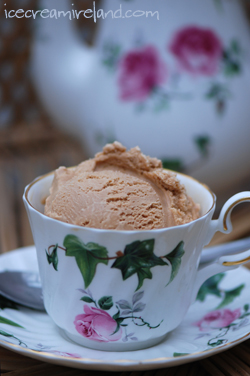 Here’s another recipe from the
Here’s another recipe from the 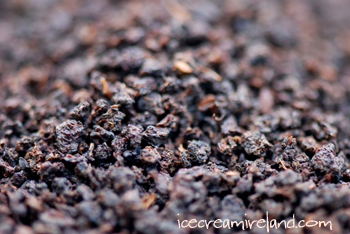 Ingredients:
Ingredients: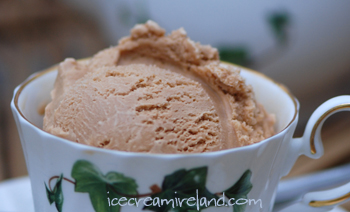 If you’re using a domestic ice cream machine, transfer to a freezer-proof covered container when the ice cream has achieved a semi-solid consistency (around 15 minutes). Place it in the freezer, and continue to freeze until it is solid.
If you’re using a domestic ice cream machine, transfer to a freezer-proof covered container when the ice cream has achieved a semi-solid consistency (around 15 minutes). Place it in the freezer, and continue to freeze until it is solid.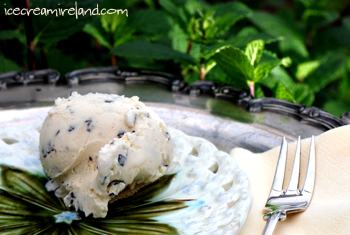 With the weather finally warm, it’s a perfect time for mint ice cream. This is a flavour that helped define my childhood – it was definitely my favourite for many years. It’s fresh and cooling, smooth and has a bit of chocolate for a satisfying crunch. It’s also one of the flavours you will find in our
With the weather finally warm, it’s a perfect time for mint ice cream. This is a flavour that helped define my childhood – it was definitely my favourite for many years. It’s fresh and cooling, smooth and has a bit of chocolate for a satisfying crunch. It’s also one of the flavours you will find in our 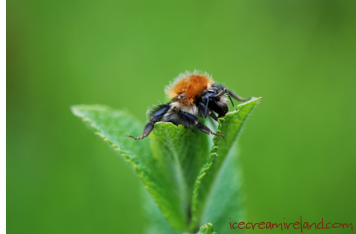 Ingredients:
Ingredients: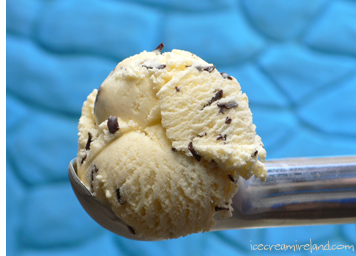 If you’re using a domestic ice cream machine, transfer to a freezer-proof covered container when the ice cream has achieved a semi-solid consistency (around 15 minutes). Place it in the freezer, and continue to freeze until it is solid.
If you’re using a domestic ice cream machine, transfer to a freezer-proof covered container when the ice cream has achieved a semi-solid consistency (around 15 minutes). Place it in the freezer, and continue to freeze until it is solid.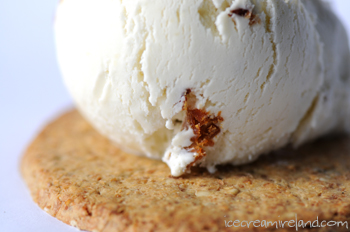 OK – gentle readers – before you throw a tantrum, and yell “What???? Blue cheese ice cream?” I will tell you a story. A couple of weeks ago, my brother and I were discussing the
OK – gentle readers – before you throw a tantrum, and yell “What???? Blue cheese ice cream?” I will tell you a story. A couple of weeks ago, my brother and I were discussing the 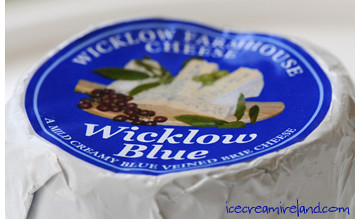 The next day, however, I began thinking some more about what Sean said, especially since he usually is right. The idea of highlighting an Irish cheese or two was certainly appealing. Sean and I talked some more and decided that a cheese ice cream would make us both happy. Blue cheese, Sean suggested, might be the most interesting. I had heard about blue cheese ice cream being made in the UK, but had never tried it, and a chef we know had once suggested a cheese and caramelised shallot ice cream. So… I started playing.
The next day, however, I began thinking some more about what Sean said, especially since he usually is right. The idea of highlighting an Irish cheese or two was certainly appealing. Sean and I talked some more and decided that a cheese ice cream would make us both happy. Blue cheese, Sean suggested, might be the most interesting. I had heard about blue cheese ice cream being made in the UK, but had never tried it, and a chef we know had once suggested a cheese and caramelised shallot ice cream. So… I started playing.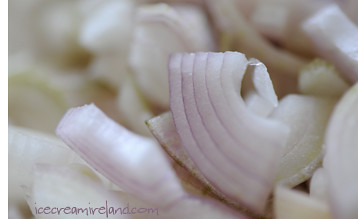
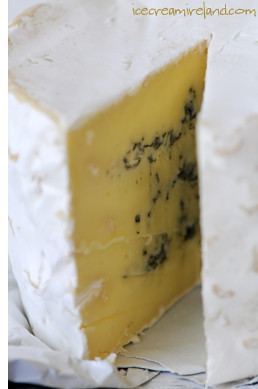 Immediately remove from the heat.
Immediately remove from the heat.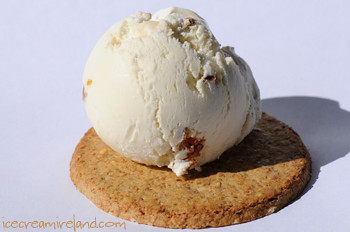 This ice cream will only be as good as the blue cheese you use. Find one you like!
This ice cream will only be as good as the blue cheese you use. Find one you like! 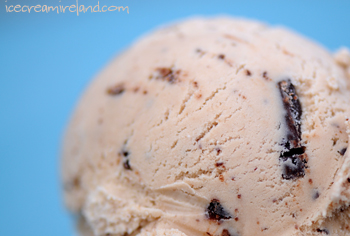 This is one of the best flavours I think we have ever made. We’ve tried chocolate truffle ice creams before, but the question has always been what is the best base to support them? A vanilla base can be a bit bland, and a chocolate base can over-power.
This is one of the best flavours I think we have ever made. We’ve tried chocolate truffle ice creams before, but the question has always been what is the best base to support them? A vanilla base can be a bit bland, and a chocolate base can over-power.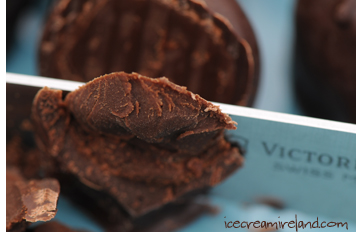 125g sugar
125g sugar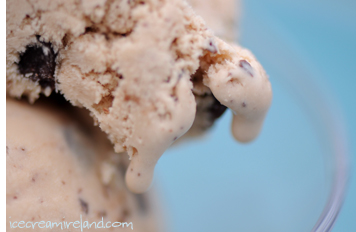 Freeze the ice cream using a domestic ice cream machine, adding the chopped truffles once the ice cream has become semi-solid.
Freeze the ice cream using a domestic ice cream machine, adding the chopped truffles once the ice cream has become semi-solid.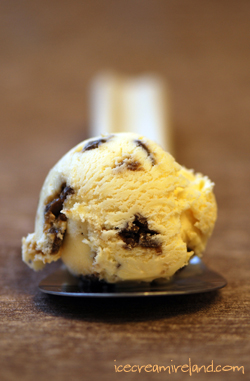 I grew up with toffees of various kinds – English toffees in white wrappers, salt water taffy, and toffee apples at farm fairs.
I grew up with toffees of various kinds – English toffees in white wrappers, salt water taffy, and toffee apples at farm fairs. 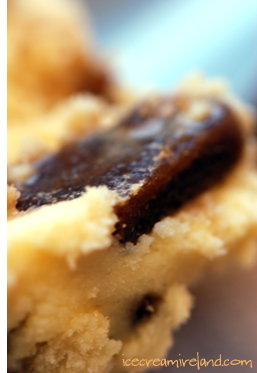 Whip the cream until it has doubled in volume (you should have soft peaks – don’t over-whip).
Whip the cream until it has doubled in volume (you should have soft peaks – don’t over-whip).